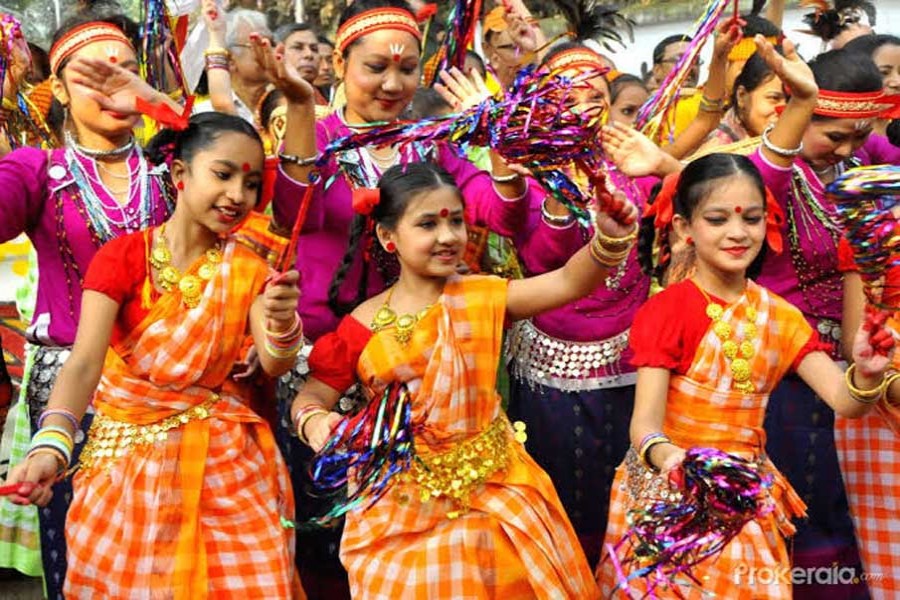After a prolonged season of rains, the country's cycle of seasons appears to have skipped the post-monsoon autumn. Over the last week, the annoyingly humid heat affecting Dhaka seems to be vanishing fast. The mercury continues to drop, and if untimely showers do not mar the citizens' eager wait for winter, the city residents might find themselves amid pre-winter cool days and nights.
In accordance with the Bangla calendar, this is how the seasonal course used to be operative in this country for centuries. The typical spectacles and smell of pre-winter mornings and evenings would not escape the average season watchers. The two pre-winter months of Kartik and Agrahayan, in fact, heralded the arrival of the Bangla winter lasting for the two following months -- Poush and Magh. These post-monsoon arrivals, delays in some years and, finally, lengthy or abrupt departures of winter, have been in place for over two recent decades.
Many octogenarians and nonagenarians, however, discover a few erratic trends in the behaviour of the pre-winter and winter times. A large section of the climatologists finds in these comings and goings of winter in Bangladesh the elements of radically changed global climate pattern. As they find it, warming of the Planet Earth has continued to play havoc with age-old duration of the seasons, especially those of monsoon and winter.
In a summer-dominant country like Bangladesh, monsoon floods determine its cropping styles. The mostly short-duration winter is welcomed as a great time of freedom from disasters and ordeals wrought by nature.
Moreover, the season is the time for harvesting a number of major varieties of paddy. The harvest-time has stood for festivities, fun and jubilation in the world since time immemorial. From early to modern civilisations, beginning from the eras of Sumerians, Babylonians to that of Nile to the Mayas and the Incas, the harvest-time was the most eagerly awaited event. The celebrations now being observed in South Asian and Southeast Asian countries to the distant South America have been traced back to the ancient harvest festivals since long.
Against the backdrop of the country fast becoming vulnerable to climate change impacts, the traditional celebration of winter harvests has also undergone new phases. In the recent years, floods play a major role in the timing of harvests. It is mainly the regional flooding which nowadays affects cropping and harvesting cycles in the country. As a result different times are chosen for cropping cycles in different regions.
This nature-prompted agro-practice has evidently broken the previously uniformed countrywide chain of harvest festivities during winter. A major feature of the rural harvest festivals comprises thoughtless deduction of many traditional amusements from open-air and night-long and pageant-filled festivals. Already the harvest festivities these days have lost their broad-based rural character. In spite of this, a common character of festive vibrancy ought to have been there. To the bewilderment of many elderly villagers and the city-based folk experts, the amusement part of the events is becoming conspicuous by their relegation to the peripheries of rural festivities.
The urban areas, Dhaka in particular, appear to be spontaneous in arranging winter festivals. Preparations are afoot this year, too. The harvest section enjoys the greatest focus of the people attending these festivals. The yearly arrangement of dance and musical sessions celebrating Nobanno (the new rice) or Pitha Utsab (festival of rice cakes) once would evoke disapproval on the part of the snobbish urban elite. Times have changed radically. Urban people once dismissing these winter festivities as pretentious now welcome them. At least their descendants have things to learn from these tradition-driven events.


